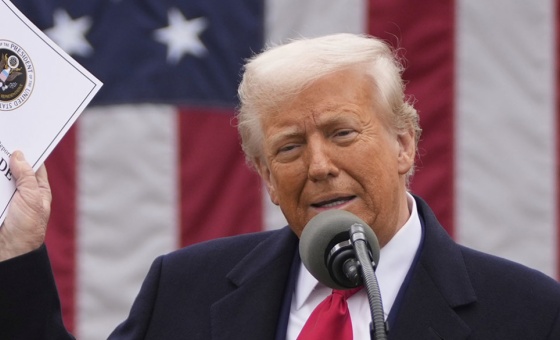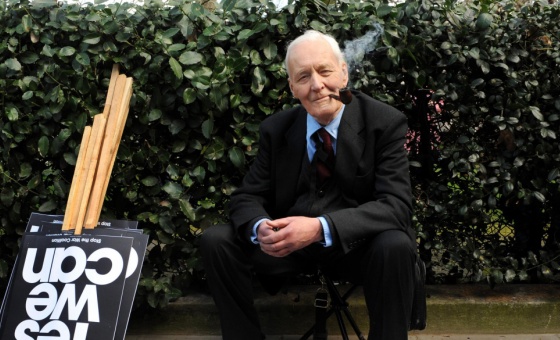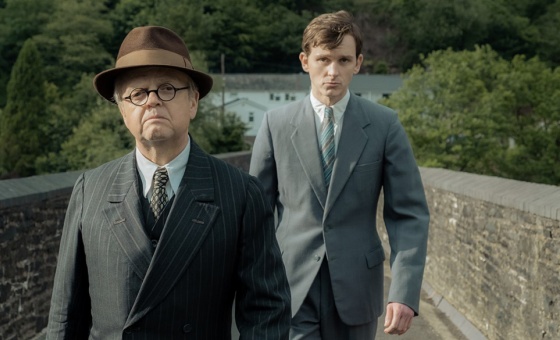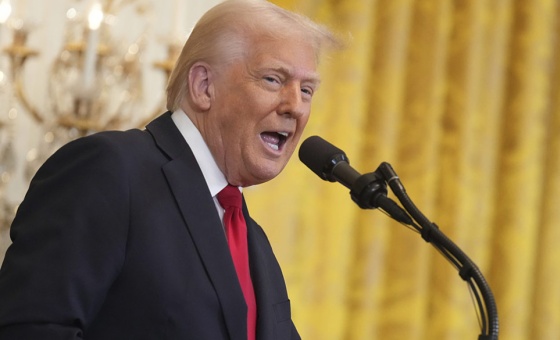This is the last article you can read this month
You can read more article this month
You can read more articles this month
Sorry your limit is up for this month
Reset on:
Please help support the Morning Star by subscribing here
FUTURISM was not just a school of painting but an attitude to life itself.
Reflecting the movement’s enthusiasm for the modern world, the powerful imagery in the work of Tullio Crali (1910-2000) embraced technology and the machine as key sources of creative inspiration.
His work focused on the visual and sensory drama of flight and is most closely associated with the genre of Futurist “aeropainting” during the inter-war years.
This new exhibition of works explores Crali’s entire career and features over 60 rarely seen pieces dating from the 1920s to the 1980s.
Crali experimented with fashion, theatre, architecture and graphic design but it was as an aeropainter that he truly excelled.
Throughout the 1930s, countless attempts were made by Futurist artists to capture the visual novelties experienced in flight as well as its metaphysical dimensions.
His lyrical imagery challenged conventional notions of realism through its dynamic perspectives and effective combination of figurative and abstract elements. “My art changes form but not substance,” Crali commented.
Yet “a lack of faith in mankind” led Crali to turn his attention to nature, to search out serenity in everything.
“I try to discover the movements of nature and to express its vitality. It is the Futurist principle of ‘universal dynamism’ that is striving to take form,” he declared. “There is no change of ideology.”
As well as the iconic aeropaintings, the exhibition includes works of experimental poetry, mixed-media compositions and examples of Crali’s later “cosmic” imagery.
Runs until April 11, opening times: estorickcollection.com.











